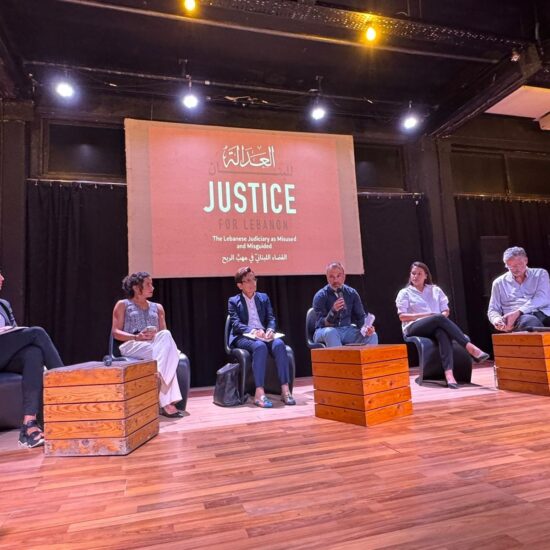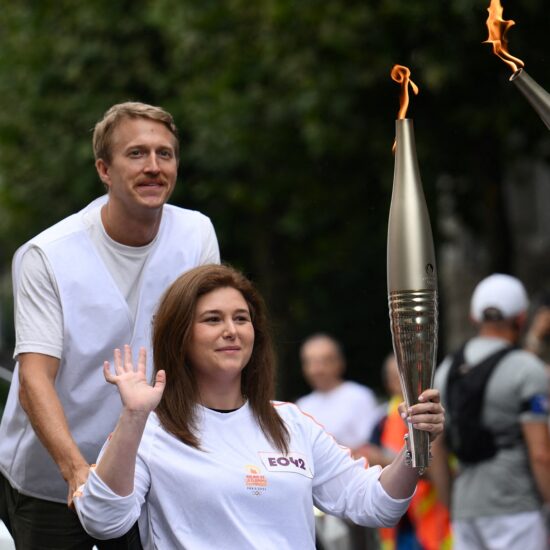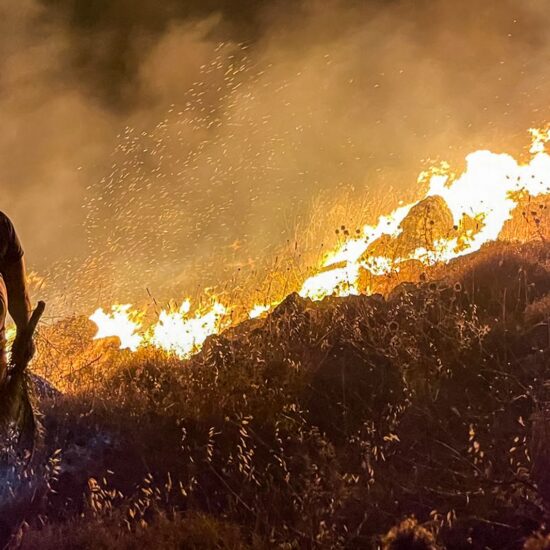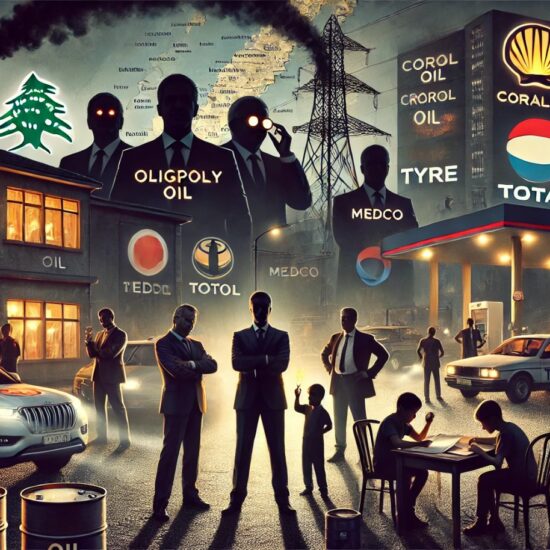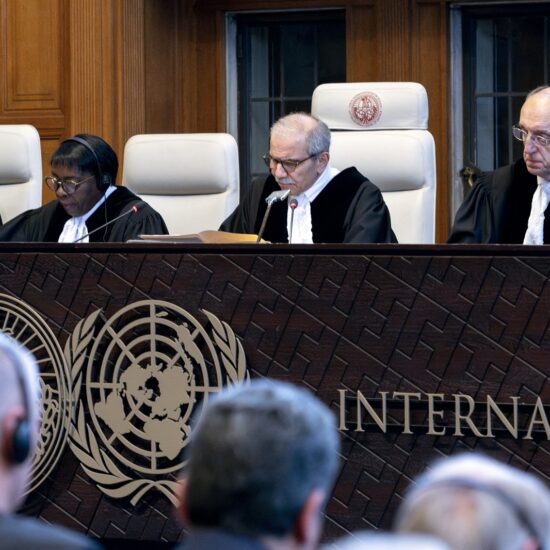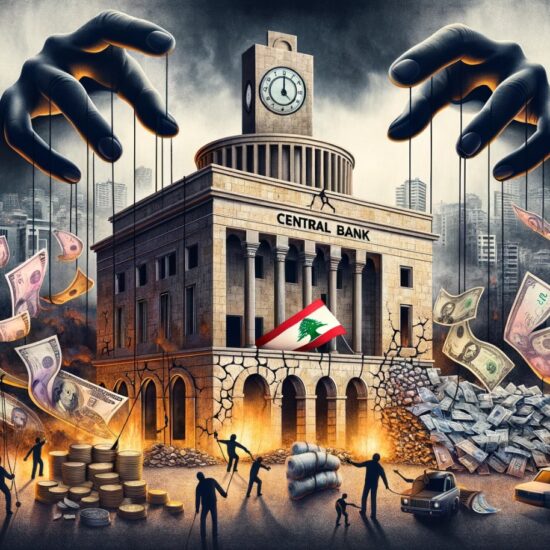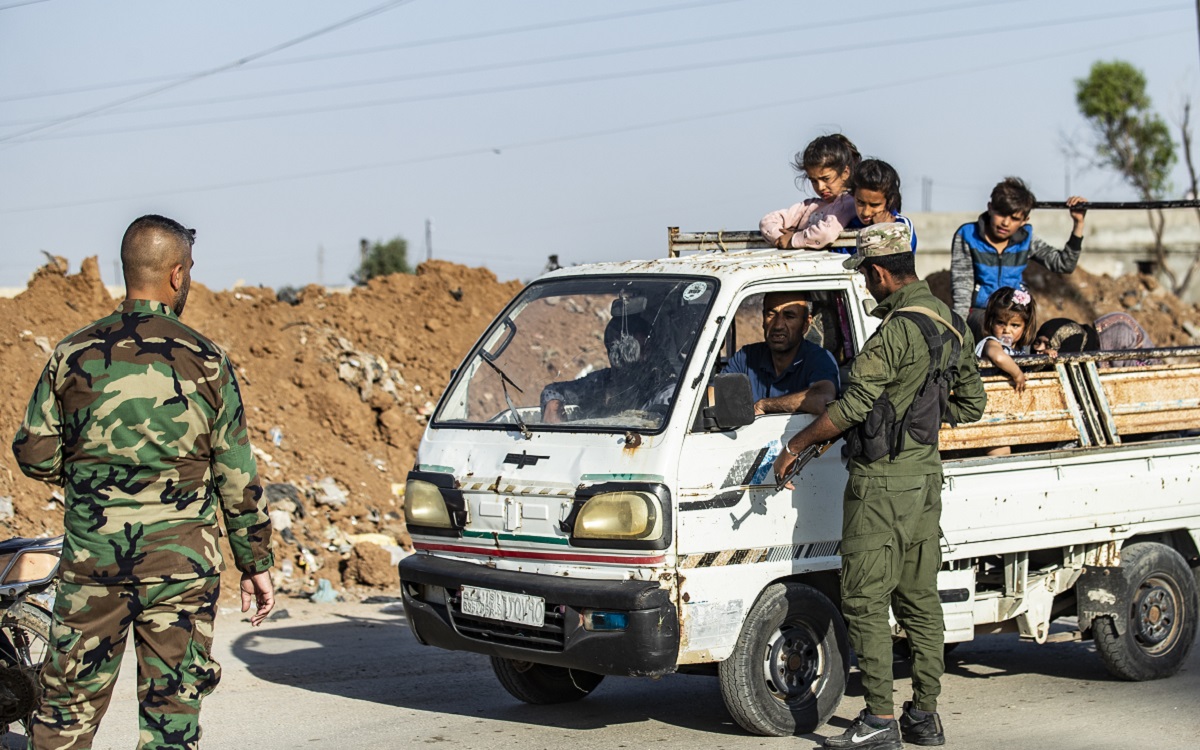
Over the past few weeks, tensions between the Syrian government and the Kurdish-led Syrian Democratic Forces (SDF) have soared. The government blockaded the largely Kurdish neighborhoods of Sheikh Maqsoud and Ashrafieh in Aleppo, and in turn, the SDF blockaded the government’s “security squares” in the cities of Qamishli and al-Hasakah.
This is not the first time relations between the government and the SDF have been fraught. Last year, fighting broke out in Qamishli between the National Defense Forces (NDF), a pro-government militia supported by Iran, and Kurdish internal security forces. The SDF managed to push pro-government forces out of a neighborhood in which they had a presence, and Russia imposed a truce that has held since then.
The relationship between the Syrian government under the Assad family and the political and military entity now known as the SDF has been contentious since the very beginning.
Analysts told NOW that the situation has improved via Russian mediation, and though things have been quite tense, Russia will likely manage to maintain the status quo and continue to de-escalate the situation.
Friends or foes?
The relationship between the Assad family and the SDF predates the Syrian revolution and subsequent civil war.
The SDF is made up of the People’s Protection Units (YPG), a Kurdish militia that grew to prominence early on following the onset of civil war, and some former opposition groups that formed an alliance with the YPG under the auspices of the United States. It is the military arm of the Autonomous Administration of North and East Syria (AANES).
The YPG is essentially a Syrian offshoot of the Kurdistan Workers’ Party (PKK), which has been fighting the Turkish government since the late 1970s.
In the most simple and reductionist terms possible, the SDF is led by the YPG which is essentially the PKK in Syria.
This might all seem quite confusing, and that is exactly the point.
The PKK has been engaged in an armed struggle against the Turkish state since the late 1970s, and the conflict continues today. As Turkey cracked down on the PKK inside Turkey, specifically in the country’s southeast, the militant group moved into neighboring countries, such as Iraq and Syria.
Hafez al-Assad, the former leader of Syria and father of Bashar al-Assad, saw the PKK as a convenient ally against Turkey and allowed them to use northern Syria as a safe haven for attacks into Turkey. However, by the late 1990s, Turkey threatened to invade Syria, and Hafez decided to thaw tensions between Damascus and Ankara.
The PKK’s charismatic leader, Abdullah Öcalan, was forced to leave Damascus in 1998, and was captured soon after in Kenya in 1999.
Though the PKK essentially was blacklisted by the Assad regime, this did not mean that the group’s leadership structure or networks in Syria were fully dismantled. Kurdish militancy in Syria laid dormant until the revolution erupted in Syria in 2011.
Kurdish militias began mobilizing and administering territory in 2012 right as the revolution transformed into a civil war. Predominantly Kurdish cities, towns, and neighborhoods began to come under the control of the YPG.
There were, of course, other Kurdish militias not affiliated with the YPG that took up arms during this time, but they were quickly sidelined by the group, either being neutralized or co-opted into the YPG’s command structure.
Indeed, it is no coincidence that the YPG was so well-organized and ready for battle, as the militia inherited the doctrine and networks of the PKK, while also enjoying its direct support.
During those early days in the war, the government and the YPG largely cooperated, but also clashed in some areas. The YPG followed a largely pragmatic strategy, picking its battles with the government and opposition respectively. In some areas, the YPG preferred to cooperate with government forces, as they fought a common enemy, such as FSA and Jihadist groups that viewed the YPG as a 5th column for the government.
By early 2015, the war in Syria had greatly changed, with the ascendance of the Islamic State (IS) and the government on its last legs territorially speaking, the US, which had been supporting elements within the armed opposition, switched its allegiance to the YPG during the IS siege of Kobani on the Turkish border.
With the support of US airstrikes, the YPG managed to break the siege, and the US began to directly support Kurdish forces against IS. Soon after, the YPG formed an alliance with some opposition groups and anti-IS tribes in eastern Syria that it had good relations with, establishing the SDF.
US support for Kurdish forces did not go unnoticed by Turkey, which soon found itself in direct conflict with the PKK again that same year. In the summer of 2016, Turkey launched operation Euphrates Shield, its first invasion of Syria. It invaded again in early 2018, and then in the fall of 2019.
Turkey’s most recent operation had serious consequences for the SDF’s political and military position, as the US under the Trump administration sought to extricate US forces from Syria and gave Turkey the greenlight to seize parts of the Syrian border from the SDF.
Trump’s posture toward Turkey forced the SDF into a more overt alliance with the Syrian government and its allies, allowing Russian troops and pro-government forces to enter eastern Syria for the first time since 2013.
Since then, Russia and Turkey have been the main arbiters of the status quo in SDF-controlled areas.
Blockades and Russian mediation
Relations between the Syrian government and the SDF have mirrored the relationship between Russia and Turkey. Though they cooperate on certain issues and constantly avoid direct confrontations with each other, there is a mutual distrust of one another that permeates all of their interactions.
“The relationship between the [SDF] and the Syrian regime is a problematic relationship,” Samer al-Ahmad, a Syrian journalist and researcher originally from Qamishli, told NOW.
Al-Ahmad went on to explain the machinations of the relationship between the SDF and the Syrian government.
“The [SDF] has two wings. One that works with… and is closer to the opposition… and one that is part of the leadership of the PKK that has taken over military and security matters in Qamishli. They are close to the regime and cooperate with it a lot,” he explained.
Abdulla Hawez, an Iraqi Kurdish journalist and researcher, told NOW that “[the Assad regime and the SDF] did have relations… [but their] relationship is based on interest, not based on being loyal.”
Regarding recent tensions, al-Ahmad explained that there has always been issues between the government and the SDF, but this time, things started when the 4th Armored Division, which is led by Bashar al-Assad’s brother, Maher, imposed a siege on the Kurdish neighborhoods of Sheikh Maqsoud and Ashrafieh in Aleppo.
In response, the SDF blockaded the government’s security squares in the cities of Qamishli and al-Hasakah and detained government workers.
Qamishli and al-Hasakah are both largely controlled by the SDF, but there are small pockets of government territory based around government buildings known as security squares or boxes.
Russia and Iran also have a presence across SDF-controlled areas, with the Russians holding the Qamishli military airport and the Iranians holding around 30 villages in the southern Qamishli countryside.
Hawez told NOW that following the SDF’s decision to blockade the government’s security squares, Russia threatened the SDF, saying that it would greenlight another Turkish military operation in northern Syria if the blockade of the government’s security squares was not lifted.
“These kinds of tensions, sometimes, are unavoidable, it happens… every time they have managed to calm down the situation because, really, they don’t have any other option,” he said.
Iran indirectly… has contact with the SDF as well. It’s more complicated, it’s not as overt as the one with Assad… Iran has relations with the PKK, with the Yazidi militias in Sinjar, which basically borders Hasakah
Given Russian pressure, the SDF eventually lifted the blockade of the government’s security squares, but the 4th Division has yet to lift its siege of Sheikh Maqsoud and Ashrafieh, which have been blockaded now for over a month.
There was a report on April 28 that both sides had come to an agreement and the siege would be lifted soon, though it is still unclear if this is actually the case, as only one source has said this as of now.
“The roads have been opened and the barricades were cleared. It seems like an understanding was reached and the Russians succeeded [in Qamishli],” al-Ahmad told NOW.
The SDF has little leverage in these situations, and Russia is aware of this. The SDF’s key piece of leverage, however, is eastern Syria’s oil. It is well known that the SDF sells oil to the government, and it could technically end these sales if it really felt threatened, but it is unlikely.
“If that happens, the situation is very very serious… We should not underestimate that these tensions may get out of control, although I don’t think this is happening right now because of Russia. I don’t think Russia will allow that to happen, they’ll always find a way to mediate,” Hawez clarified.
Russia’s threats against the SDF are largely idle, but given the greenlight, Turkey would likely be happy to seize more of the border with Syria, especially around the city of Kobani, which it recently shelled.
Iran’s goals for eastern Syria
Iran’s strategy regarding eastern Syria is to ultimately see a US withdrawal from SDF-controlled territory and to foster support among Arab tribes throughout the area, especially in the Deir ez-Zor governorate.
Iran also has relations with the SDF, but they are largely pragmatic.
“Iran indirectly… has contact with the SDF as well. It’s more complicated, it’s not as overt as the one with Assad… Iran has relations with the PKK, with the Yazidi militias in Sinjar, which basically borders Hasakah.”
Overall, however, Iran is not as focused on the al-Hasakah governorate, in which Qamishli is located, than it is on Deir ez-Zor. Russia has a stronger presence in al-Hasakah as the governorate borders Turkey, and Russian forces are more concentrated there.
Eastern Deir ez-Zor is controlled by the SDF while western Deir ez-Zor is controlled by the government, and Iran and its allies, such as Lebanese Hezbollah, have a strong presence along the Euphrates and Iraqi border.
Indeed, Deir ez-Zor fits rather nicely into Iran’s landbridge from Tehran to Beirut, as the Baghdad-Damascus highway is blocked by US forces at al-Tanf near the Iraqi border. Iran can move men and materiel through Iraq into Deir ez-Zor, then pass through Palmyra to Damascus, and finally cross the Qalamoun mountains to Lebanon.
Regarding recent tensions, Hawez told NOW that, “Overall, [Iran] gains from instability in these areas because they don’t want an established Kurdish statelet. Because in the longer run, they want these areas to… come under the control of the Syrian regime again.”
Instability serves Iran’s interests, as it creates conditions that are conducive to a US withdrawal from the area, which would surely lead to the demise of the SDF and, consequently, the AANES.
However, he did point out that in the short-term Iran gains little from the current situation, as it is more focused on the long run.
The [SDF] has two wings. One that works with… and is closer to the opposition… and one that is part of the leadership of the PKK that has taken over military and security matters in Qamishli. They are close to the regime and cooperate with it a lot.
Though Iran has largely focused on Deir ez-Zor, it still has an interest in al-Hasakah. The presence of Iranian-backed groups in the southern Qamishli countryside is a good example of its strategy in eastern Syria and elsewhere. By making inroads with Arab tribes that are unhappy with the SDF’s rule of the area, Iran can weaken the SDF’s position, especially in the outcome of a US withdrawal.
The situation for the US in eastern Syria has been quite complicated, as the SDF is likely its most reliable and competent partner in securing American interests in Syria, but an alliance with it inherently creates issues with Turkey.
Though the US hoped that by integrating the YPG with opposition groups, it could at least dilute the PKK’s influence, al-Ahmad pointed out that this has not been the case.
“Washington did not succeed in separating the PKK… from the SDF,” he declared.
Al-Ahmad went on to point out that one of the SDF’s major failings has been its inability to garner strong support among eastern Syria’s Arab population, which are now vulnerable to being enticed by Iran, Russia, Assad, or even IS. Having an administration that is primarily run by PKK affiliates disenfranchises populations that do not share the PKK’s goals or ideology.
“The PKK are a political party at the end of the day. They want… to improve their administrative position and to diminish Iran’s role. They need to improve the administrative structure to give a bigger role to people from the Arab tribes so that they don’t turn to Iran… for help,” al-Ahmad told NOW.
The dynamics between Turkey, Iran, Russia, the US, the Syrian government, and the SDF are incredibly complicated, and eastern Syria’s political instability will likely continue, even as current tensions die down.
Hopefully, the siege of Sheikh Maqsoud and Ashrafieh is lifted and the status quo, as problematic as it is, prevails.
David Isaly is a journalist and researcher with @NOW_leb. He tweets @DEyesalli.



